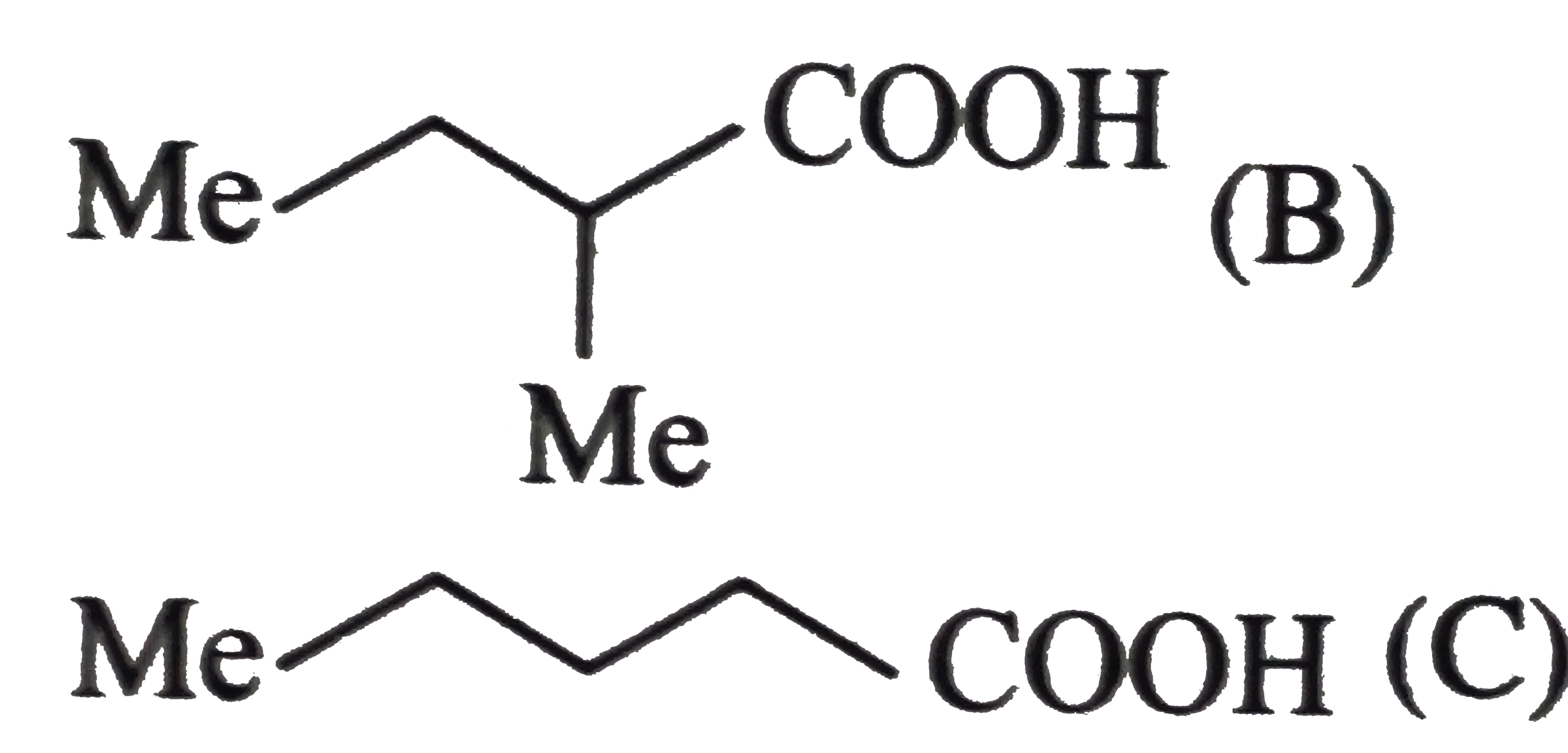Differentiate between the following:
Rabi and kharif crops
To differentiate between Rabi and Kharif crops, we can follow these steps:
1. Definition:
- Rabi Crops: These are winter crops that are sown in the winter season.
- Kharif Crops: These are summer crops that are sown in the summer season.
2. Sowing Season:
- Rabi Crops: Sown from September to October.
- Kharif Crops: Sown from April to May.
3. Harvesting Season:
- Rabi Crops: Harvested in the spring season, typically around April to June.
- Kharif Crops: Harvested in the autumn season, usually from September to October.
4. Examples:
- Rabi Crops: Common examples include wheat, gram, peas, and pomegranate.
- Kharif Crops: Common examples include rice, maize, jowar, and lychee.
5. Climate and Water Requirement:
- Rabi Crops: Generally require less water and are grown in cooler temperatures.
- Kharif Crops: Require more water and are grown in warmer, humid conditions.
Summary Table:
| Feature | Rabi Crops | Kharif Crops |
|-----------------------|--------------------------------|-------------------------------|
| Definition | Winter crops | Summer crops |
| Sowing Season | September to October | April to May |
| Harvesting Season | April to June | September to October |
| Examples | Wheat, Gram, Peas, Pomegranate | Rice, Maize, Jowar, Lychee |
| Climate Requirement | Cooler temperatures, less water| Warmer temperatures, more water|
- Rabi Crops: These are winter crops that are sown in the winter season.
- Kharif Crops: These are summer crops that are sown in the summer season.
- Rabi Crops: Sown from September to October.
- Kharif Crops: Sown from April to May.
- Rabi Crops: Harvested in the spring season, typically around April to June.
- Kharif Crops: Harvested in the autumn season, usually from September to October.
- Rabi Crops: Common examples include wheat, gram, peas, and pomegranate.
- Kharif Crops: Common examples include rice, maize, jowar, and lychee.
- Rabi Crops: Generally require less water and are grown in cooler temperatures.
- Kharif Crops: Require more water and are grown in warmer, humid conditions.
|-----------------------|--------------------------------|-------------------------------|
| Definition | Winter crops | Summer crops |
| Sowing Season | September to October | April to May |
| Harvesting Season | April to June | September to October |
| Examples | Wheat, Gram, Peas, Pomegranate | Rice, Maize, Jowar, Lychee |
| Climate Requirement | Cooler temperatures, less water| Warmer temperatures, more water|
Topper's Solved these Questions
- IMPROVEMENT IN FOOD RESOURCES : PLANTSBOOK - CENGAGE BIOLOGYCHAPTER - IMPROVEMENT IN FOOD RESOURCES : PLANTSEXERCISE - MANDATORY EXERCISE (Exercise Set II)
20 Videos
- IMPROVEMENT IN FOOD RESOURCES : PLANTSBOOK - CENGAGE BIOLOGYCHAPTER - IMPROVEMENT IN FOOD RESOURCES : PLANTSEXERCISE - CONSOLIDATED EXERCISE
7 Videos
- IMPROVEMENT IN FOOD RESOURCES : PLANTSBOOK - CENGAGE BIOLOGYCHAPTER - IMPROVEMENT IN FOOD RESOURCES : PLANTSEXERCISE - CHALLENGING EXERCISE
4 Videos
- HEALTH, HYGIENE, AND DISEASES BOOK - CENGAGE BIOLOGYCHAPTER - HEALTH, HYGIENE, AND DISEASES EXERCISE - CHALLENGING EXERCISE
2 Videos
- TISSUES BOOK - CENGAGE BIOLOGYCHAPTER - TISSUES EXERCISE - CHALLENGING EXERCISE
2 Videos
Similar Questions
Differentiate between the following.
Flora and fauna
View SolutionDifferentiate between the following acids :
(a)
(b)
View SolutionDifferentiate between the following.
Apogamy and apospory
View SolutionDifferentiate between the following.
Zoo and wildlife sanctuary
View SolutionDifferentiate between the following.
Prothalius and protonema
View SolutionDifferentiate between the following.
Gametophyte and sporophyte
View SolutionDifferentiate between the following.
Homospory and heterospory
View SolutionDifferentiate between the following
(a) Exocrine and endocrine gland.
View SolutionDifferentiate between the following.
Endangered and extinct species
View SolutionDifferentiate between the following:
(a) Micronutrients and macronutrients
View Solution
